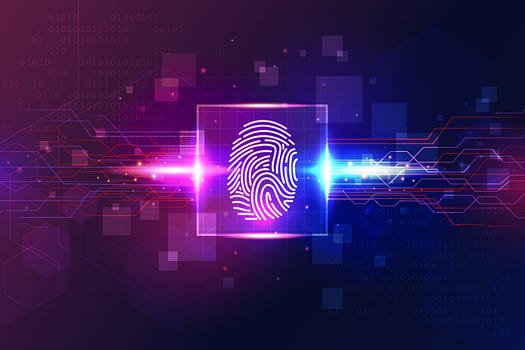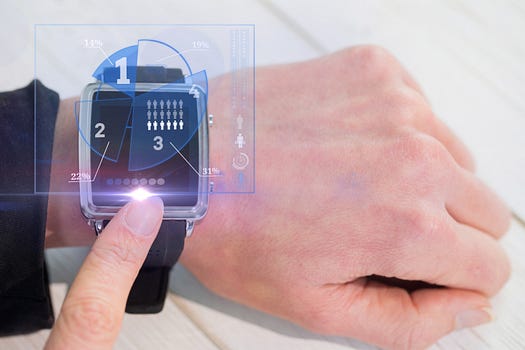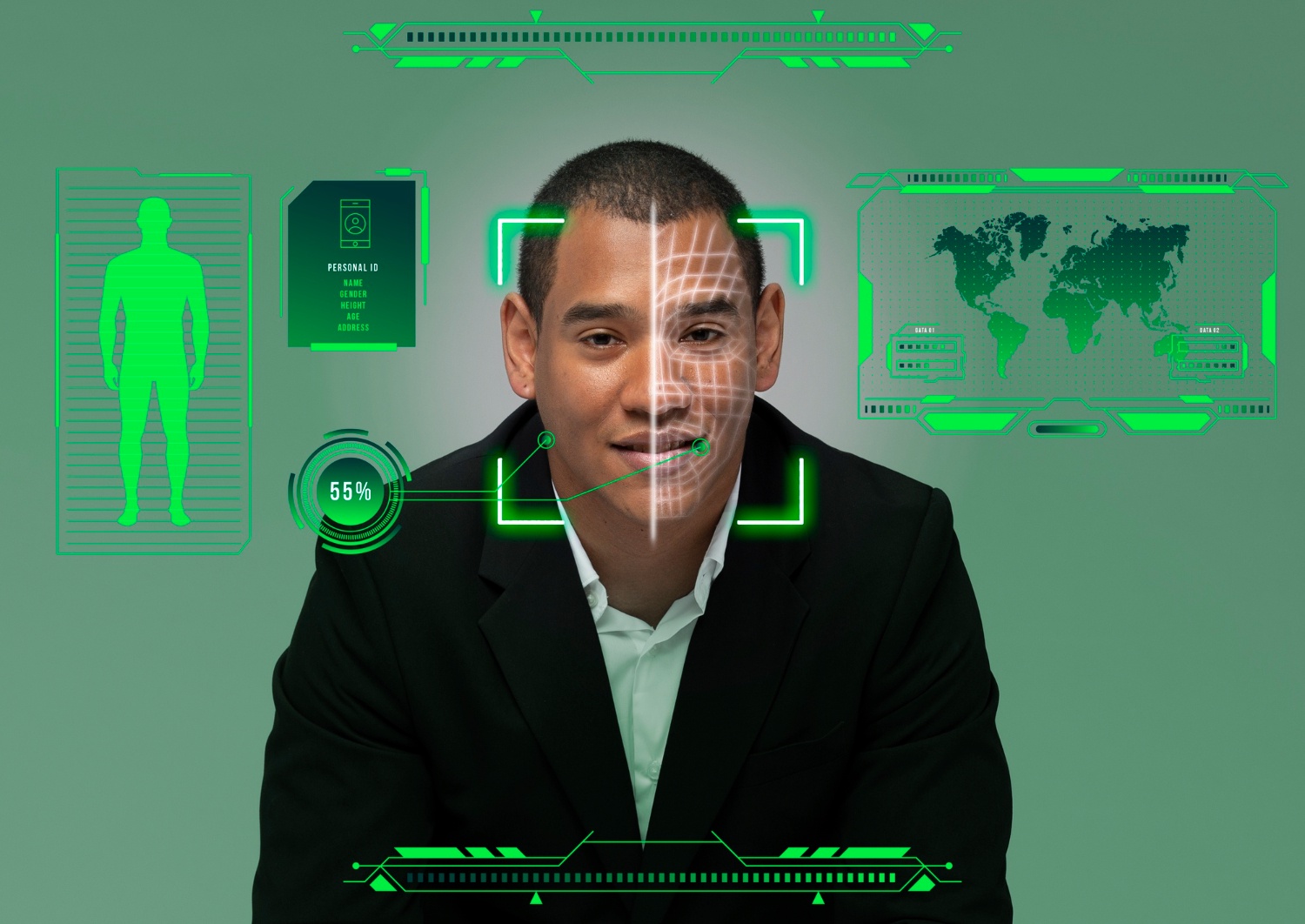Biometric Authentication: Advancements and Challenges in Implementation
Biometric authentication refers to the use of unique biological traits, such as fingerprints, facial features, or voice patterns, to verify an individual’s identity. This technology has gained prominence due to its potential for enhancing security and user convenience. As digital interactions become more prevalent in our daily lives, the need for robust and reliable authentication methods is greater than ever.
The adoption of biometric authentication is driven by the limitations of traditional security measures like passwords and PINs, which are often susceptible to theft and misuse. Biometric traits, being inherently unique to each person, offer a more secure alternative. From unlocking smartphones to accessing secure facilities, biometrics are increasingly becoming part of our everyday routines.
Despite its advantages, the implementation of biometric authentication is not without challenges. Concerns over privacy, data security, and ethical issues need to be addressed to ensure widespread acceptance and trust. This article will explore the various types of biometric authentication, recent technological advancements, the hurdles in implementation, and the future prospects of this innovative technology.
Types of Biometric Authentication

Biometric authentication comes in various forms, each utilizing different biological traits to verify identity. These methods offer distinct strengths and weaknesses, making them suitable for different applications. Understanding the types of biometric authentication can help us appreciate their potential and limitations.
Fingerprint Recognition is one of the most widely used biometric methods. It relies on the unique patterns of ridges and valleys on an individual’s finger. The strength of fingerprint recognition lies in its accuracy and speed. It’s commonly used in smartphones and security systems due to its ease of use and reliability. However, its effectiveness can be compromised by dirt, cuts, or worn-out fingerprints.
Facial Recognition analyzes the unique features of a person’s face, such as the distance between the eyes or the shape of the jawline. This method is popular for its non-intrusive nature and quick processing time. It is often used in security cameras and mobile devices. Despite its convenience, facial recognition can sometimes struggle with accuracy, especially in varying lighting conditions or if a person changes their appearance significantly.
Iris and Retina Scanning involve scanning the unique patterns in the colored part of the eye (iris) or the blood vessels at the back of the eye (retina). These methods are known for their high accuracy and are often used in high-security environments. However, they require specialized equipment and can be more invasive than other methods, making them less convenient for everyday use.
Voice Recognition identifies individuals based on their unique vocal characteristics. This method is relatively easy to implement and can be used over phone lines, making it suitable for remote authentication. The main drawback of voice recognition is its susceptibility to background noise and voice changes due to illness or aging, which can affect its accuracy.
Behavioral Biometrics analyze patterns in behavior, such as typing rhythm, walking gait, or even mouse movements. These methods are less intrusive and can continuously monitor for security breaches. However, they are still in the early stages of development and may not be as reliable or accurate as more established biometric methods.
Each type of biometric authentication has its own strengths and weaknesses, making it suitable for different applications. By understanding these differences, we can better appreciate the role of biometrics in enhancing security and convenience in our daily lives.
Technological Advancements in Biometric Authentication

Biometric authentication has seen significant advancements in recent years, driven by innovations in both hardware and software. Improved sensors and cameras have made it easier and faster to capture high-quality biometric data. For example, modern fingerprint scanners are more accurate and can work even when fingers are slightly dirty or wet. Similarly, advances in camera technology have enhanced the performance of facial recognition systems, allowing them to function well in diverse lighting conditions.
Artificial intelligence (AI) and machine learning have also played a crucial role in advancing biometric authentication. These technologies help biometric systems learn and adapt over time, improving their accuracy and reliability. For instance, AI can analyze vast amounts of data to recognize subtle patterns in biometric traits that humans might miss. This has led to more sophisticated systems that can quickly and accurately identify individuals, even in challenging situations.
Integration with other security measures has further enhanced the effectiveness of biometric authentication. Combining biometrics with traditional methods like passwords or PINs creates a multi-layered security approach that is harder to breach. This is particularly useful in high-security environments, such as banks or government facilities, where the stakes are high. By leveraging multiple forms of authentication, these systems can provide a higher level of security while still being user-friendly.
These technological advancements have made biometric authentication more reliable and accessible, paving the way for its widespread adoption. As the technology continues to evolve, we can expect even more improvements in accuracy, speed, and usability, making biometric authentication an integral part of our daily lives.
Challenges in Implementing Biometric Authentication

Implementing biometric authentication is not without its challenges. One of the main concerns is privacy. Biometric data is highly personal and unique to each individual. If this data is not stored securely, it can be stolen or misused, leading to serious privacy violations. Unlike passwords, which can be changed if compromised, biometric traits are permanent. This makes securing biometric data a top priority, but also a significant challenge.
Another challenge is the ethical and legal implications of using biometric data. There are questions about how this data is collected, who has access to it, and how it is used. In some cases, biometric systems have been used in ways that raise concerns about surveillance and discrimination. For example, facial recognition technology has been criticized for its potential to be used for unauthorized surveillance and for having higher error rates for certain demographic groups. These ethical and legal issues need to be addressed to ensure that biometric authentication is used responsibly and fairly.
Technical limitations and user acceptance also pose challenges to the widespread adoption of biometric authentication. No biometric system is perfect, and factors like poor lighting, dirt, or physical changes can affect their accuracy. Users may also be reluctant to adopt biometric systems due to concerns about privacy or simply because they find them inconvenient. Ensuring that these systems are reliable, user-friendly, and secure is crucial for gaining public trust and achieving broad acceptance.
Future Prospects and Conclusion

The future of biometric authentication looks promising, with continuous advancements in technology paving the way for more secure and convenient methods. Emerging trends such as the integration of biometrics with blockchain technology aim to enhance security and data privacy. Additionally, advancements in AI and machine learning will likely lead to even more accurate and adaptive biometric systems, capable of functioning seamlessly in diverse conditions.
The potential impact of biometric authentication on various industries is significant. In banking, for instance, biometrics can offer a secure and efficient way to verify identities, reducing fraud and streamlining transactions. In healthcare, biometric systems can help ensure that patient data is accessed only by authorized personnel, enhancing privacy and security. The travel industry is also set to benefit from biometrics, with faster and more secure passenger processing at airports.
In conclusion, while biometric authentication presents some challenges, its advantages in terms of security and convenience make it a valuable tool for the future. Addressing privacy concerns, ethical issues, and technical limitations will be key to its widespread adoption. As technology continues to evolve, we can expect biometric authentication to play an increasingly important role in our daily lives, offering a reliable and efficient way to verify identities and protect sensitive information.

